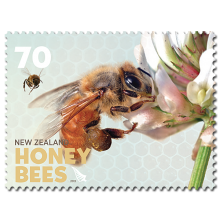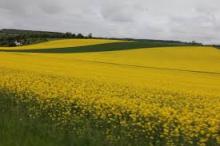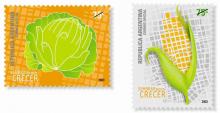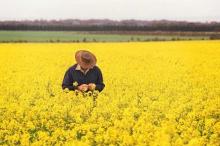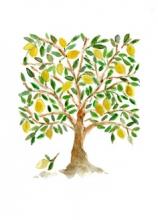Pesticide exposure and pathogens may interact to have strong negative effects on managed honey bee colonies
Recent declines in honey bee populations and increasing demand for insect-pollinated crops raise concerns about pollinator shortages. Pesticide exposure and pathogens may interact to have strong negative effects on managed honey bee colonies. Such findings are of great concern given the large numbers and high levels of pesticides found in honey bee colonies. Thus it is crucial to determine how field-relevant combinations and loads of pesticides affect bee health. We collected pollen from bee hives in seven major crops to determine 1) what types of pesticides bees are exposed to when rented for pollination of various crops and 2) how field-relevant pesticide blends affect bees’ susceptibility to the gut parasite Nosema ceranae. Our samples represent pollen collected by foragers for use by the colony, and do not necessarily indicate foragers’ roles as pollinators. In blueberry, cranberry, cucumber, pumpkin and watermelon bees collected pollen almost exclusively from weeds and wildflowers during our sampling. Thus more attention must be paid to how honey bees are exposed to pesticides outside of the field in which they are placed. We detected 35 different pesticides in the sampled pollen, and found high fungicide loads. The insecticides esfenvalerate and phosmet were at a concentration higher than their median lethal dose in at least one pollen sample. While fungicides are typically seen as fairly safe for honey bees, we found an increased probability of Nosema infection in bees that consumed pollen with a higher fungicide load. Our results highlight a need for research on sub-lethal effects of fungicides and other chemicals that bees placed in an agricultural setting are exposed to.

